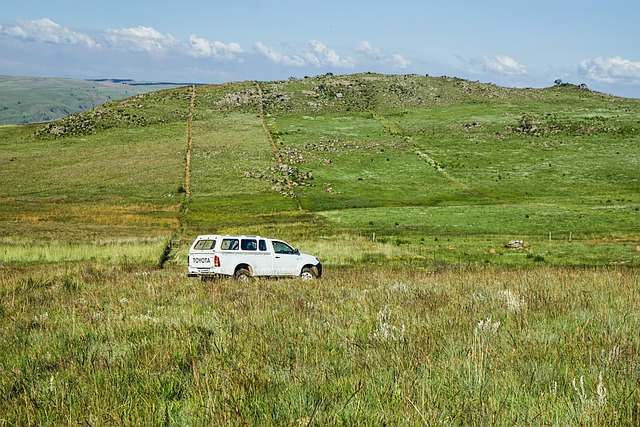ABS (Anti-lock Braking System) sensors are vital for vehicles with rgv wheels (rigid or solid axles), monitoring wheel speed and preventing individual wheel locking during emergency braking. By providing crucial data to the ABS system, these sensors enhance handling, stability, and safety, reducing skidding risks on various surfaces. This technology optimizes traction and ensures precise braking force distribution, making it essential for advanced driver assistance systems (ADAS) in modern vehicles.
ABS (Anti-lock Braking System) sensors are an indispensable part of modern vehicle safety, playing a critical role in preventing wheel lockup during emergency stops. In this article, we explore the essential function of ABS sensors, focusing on their significant impact on the performance and safety of RGV (Recreational Vehicle) wheels. From enhancing braking control to providing stability under extreme conditions, these sensors are crucial for ensuring safe and smooth driving experiences.
- Understanding ABS Sensors: A Vital Component of Modern Vehicles
- The Role of ABS Sensors in RGV Wheels: Enhancing Safety and Performance
Understanding ABS Sensors: A Vital Component of Modern Vehicles

ABS sensors, or Anti-lock Braking System sensors, are a crucial component in modern vehicles, playing a vital role in enhancing safety and driving dynamics. These sensors monitor wheel speed, providing real-time data to the vehicle’s control unit during emergency braking situations. By detecting any individual wheel locking up, the ABS system can modulate brake pressure to prevent wheels from locking, allowing for better control and reduced skidding on slippery surfaces. This technology is particularly important in vehicles with rgv wheels (rigid or solid axles), where traditional brakes might struggle to maintain traction under heavy braking forces.
In today’s automotive landscape, ABS sensors have become an integral part of the vehicle’s safety system, working hand-in-hand with other advanced driver assistance systems (ADAS). They contribute to improved handling and stability, ensuring drivers can navigate challenging road conditions with confidence. Understanding how these sensors function is key to appreciating the continuous evolution of vehicle safety technology.
The Role of ABS Sensors in RGV Wheels: Enhancing Safety and Performance

ABS sensors play a critical role in enhancing safety and performance for RGV wheels. These sensors detect wheel speed and send signals to the anti-lock braking system, enabling it to prevent wheels from locking up during hard braking. By continuously monitoring wheel rotation, ABS sensors help drivers maintain control and stability on slippery or uneven surfaces, reducing the risk of skidding and improving overall vehicle dynamics.
In RGV (Recreational Vehicle Group) wheels, ABS sensors contribute to a smoother and safer riding experience. They allow for precise distribution of braking force across individual wheels, ensuring optimal traction and handling. This technology is particularly valuable in diverse driving conditions, from wet roads to off-road trails, where the need for stability and control is paramount.
ABS sensors play a crucial role in enhancing safety and performance across various vehicle types, including Recreational General Vehicles (RGVs). By continuously monitoring wheel speed, these sensors enable effective anti-lock braking systems, ensuring drivers maintain control during critical maneuvers. In RGV wheels, ABS sensors contribute to improved stability and handling, making them indispensable for off-road adventures and everyday driving alike.



